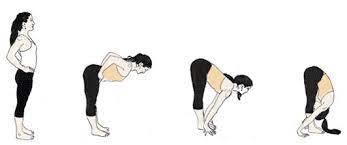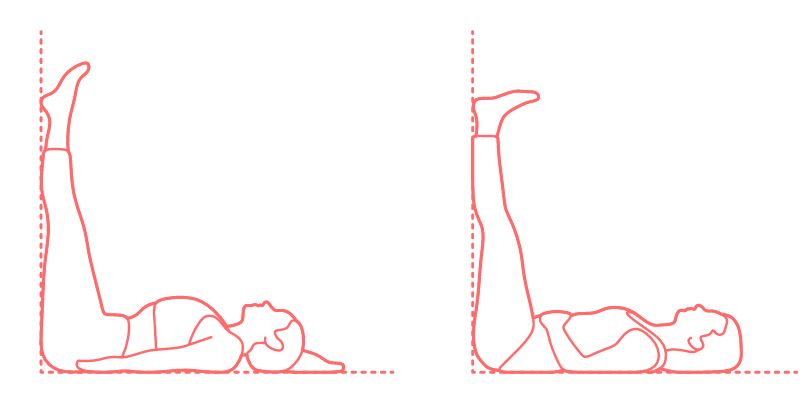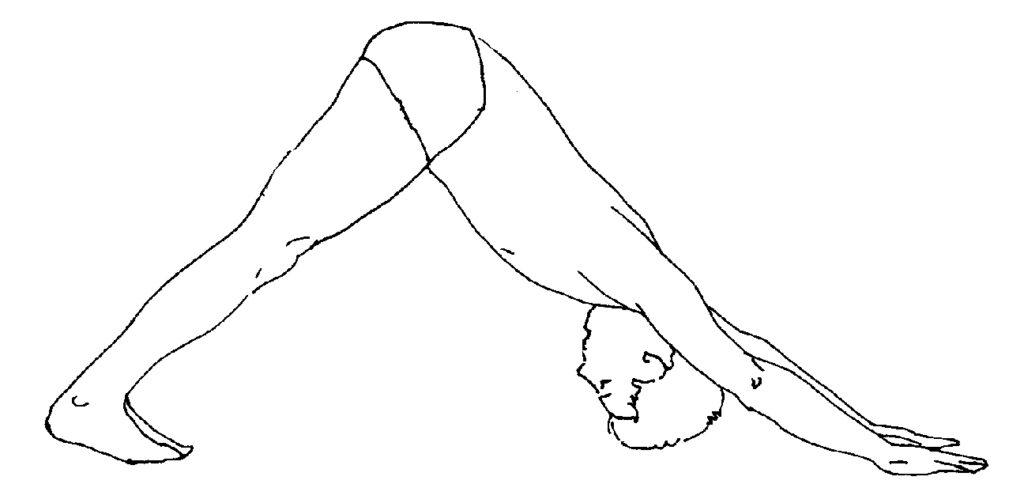Hypertension or high blood pressure is a condition that elevates arterial blood pressure to greater concentrations. Blood pressure is normal when below 140.90 mmHg. Your blood pressure levels should nonetheless be less than 130.80 mm Hg if you suffer from hypertension. Lets understand how poses of Yoga for High Blood Pressure works.
Hypertension, often called a silent killer, raises the risk of renal disability, heart failure, and stroke by increasing blood pressure.
Causes of High Blood Pressure
1. Diet is rich in salt, cholesterol, and fat.
2. Chronic problems include hormone and renal issues, diabetes and high cholesterol.
3. Family history, particularly if you have high blood pressure from your parents or other close relatives.
4. The absence of any form of physical exercise.
5. The condition of excess weight or obesity.
6 Oral contraceptive pills as well as other medications
7. Stress or Anxiety (Although, there are natural remedies to reduce anxiety disorder)
Effective Poses of Yoga for High Blood Pressure
Yoga is a treasure of health and wellbeing, and if you practice frequently, it may prevent you from many serious health problems (especially Surya Namaskar Poses & Mantras). For example, a few minutes of yoga asanas in a day will help you manage blood pressure and protect you from serious health concerns resulting from BP fluctuation.
Related Post: Does Surya Namaskar helps in Weight Loss?
High blood pressure is one of the main causes of many cardiac problems and can potentially lead to a stroke. Therefore, it is recommended to maintain your blood pressure in control.
Let’s understand few Yoga asanas that can help manage blood pressure. However, it would be best to take your doctor’s advice regularly to manage your blood pressure.
Uttanasana (Standing forward Bend Pose)
Uttanasana, or the bending position standing front, strengthens your nervous systems and calms you down. Your abdomen and hamstrings are stretched out by asana.

Steps to Perform- Uttanasana
- Begin by maintaining a straight posture and keeping your hands by your side.
- Raise your hand slowly to the side of your head.
- Bend forward until your palms contact the floor, without bending your knees.
- Keep this position a few minutes before going back to the initial position.
Also Read: What is Insomnia? Symptoms? Can insomnia be cured?
Viparita Karani (Legs-Up-The-Wall Pose)
In Viparita Karani, your body is gently stretched out and relaxed. You will appear younger as a result of this asana. Besides, it improves blood circulation.

Steps to Perform- Viparita Karani
- Choose a location where you can practice this pose safely against a wall because you will be required to do so.
- Sit with your body on one side, contact the wall, and extend your legs in front of you.
- Lie down and place both legs on the wall so that your soles are facing the ceiling.
- Check to see that your hips are a little farther away from the wall.
- Your legs will be at a 90-degree angle to your body when you finish.
- Raise your hips off the floor by walking up the wall with your ankle.
- Hold this position and return to the original position after a few minutes/ seconds.
Adho Mukha Svanasana (Downward-Facing Dog Pose)
The downward-facing dog stance, also known as Adho Mukha Svanasana, is one of the most popular yoga asanas (yogic positions). It is the most revitalizing of all the yoga postures, according to many practitioners. This will help you to relax your mind and body.

Steps to Perform- Adho Mukha Svanasana
Also Read: Walking Vs Running Vs Cycling- Which is best workout for weight loss?
- Take a deep breath and get down on all fours, your knees hip-width apart and your hands shoulder-width apart.
- Now, curl your toes under and push your hips off the floor to complete the movement.
- To achieve a deeper stretch, keep your feet on the floor.
- For five to eight breaths, hold this position, and then return to the starting position.
Pashchimottanasana (Seated Forward Bend Pose)
Pashchimottanasana is considered to be one of the most effective yoga postures for stress alleviation. Moreover, it is useful in reducing irritation, aggression, and anxiety.

Steps to Perform- Pashchimottanasana
- To begin with, sit on the floor with your legs out in front of you and your hands on either side of your body.
- Make sure your spine and neck are in a straight line.
- Hold your bend in front of you while attempting to hold your toes with your hands.
- Maintain this position while taking deep breaths.
- Return to your initial position.
- Do this at least five times.
Setu Bandhasana (Bridge Pose)
With this asana, you will stretch your chest, lower back, and neck. It helps to strengthen your back muscles while also acting as a terrific stress reliever for you.

Steps to Perform- Setu Bandhasana
Also Read: Impact of Covid 19 on Mankind- Effects of Pandemic
- Laying on your back and bending your knees is a good starting point.
- Keep your feet apart from one another.
- Now, take a deep breath and lift your hips off the mat, keeping your shoulder firmly planted on the mat.
- Put your fingers together under your hip and tighten them.
- Take a few deep breaths and hold the position before returning to the starting position.
Bottom Line- Yoga for High Blood Pressure
Yogic breathing and postures can help to lower stress-induced hypertension while also dealing with its underlying issues. It works by calming the sympathetic nervous system and slowing the heart rate while also instructing the muscles and mind to relax completely.
Yoga practice has a calming impact and can help bring the nervous system back into equilibrium; some asanas are more effective than others at decreasing blood pressure; some asanas can be made more beneficial by making little adjustments.